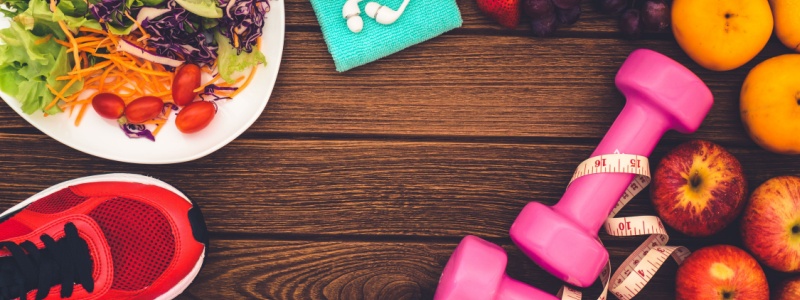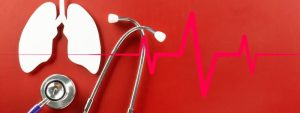Reducing your sodium intake is a key strategy in managing high blood pressure. Sodium, a component of salt, can cause your body to retain water, which increases blood pressure. The average person consumes much more sodium than the recommended daily limit.
Start by being mindful of your foods to reduce your sodium intake effectively. Processed and packaged foods often contain high sodium levels, even if they don’t taste particularly salty. Some common high-sodium foods include canned soups, deli meats, frozen meals, and salty snacks like chips and pretzels.
Here are some tips to help you reduce your sodium intake:
Read food labels: Check the sodium content on food labels and choose lower-sodium options. Look for foods labelled “low sodium,” “reduced sodium,” or “no salt added.”
Cook at home: Preparing meals at home allows you to control your salt. Instead of salt, you can enhance the taste of your food by using herbs, spices, and other flavourings.
Limit processed foods: Avoid processed and packaged foods, often high in sodium. Instead, focus on fresh foods like fruits, vegetables, lean meats, and whole grains.
Be cautious with condiments: Condiments like soy sauce, ketchup, and salad dressings can be high in sodium. Use them sparingly or look for low-sodium alternatives.
Rinse canned foods: If you use canned vegetables, beans, or other items, rinse them under water to remove some of the sodium.
Reducing sodium intake can help lower your blood pressure and reduce your heart disease and stroke risk. Making these changes may take some time, but the benefits to your health are well worth the effort.




